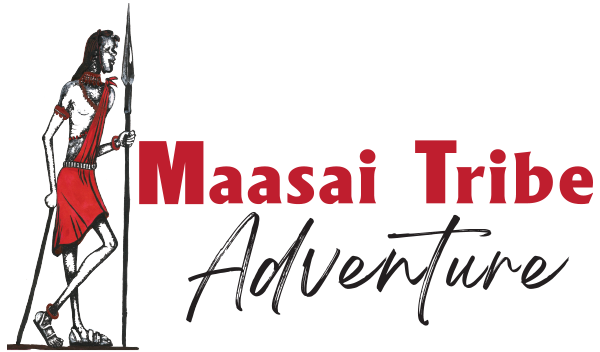frequently asked questions
It is possible to climb Mount Kilimanjaro all year round; however the months outside of the rainy seasons are more desirable. The best months are from December to March, and July to October. The finest weather is usually at the beginning of the year from January to March, which are typically the warmest and driest months of the year.
You are expected to carry your own day pack, which should be able to sustain you until you reach camp at the end of the day. You do not need to carry your personal backpack, this will be carried by the porter.
But remember there is a limit to the weight that the porters can carry and your kit bag must be a maximum of 20Kg. You will also have a rucksack that will contain your basic kit for a day’s walking. See rough idea of Climbing Mount Kilimanjaro gears and equipment’s list
On average you will walk between 3 and 6 miles per day, apart from the summit night when you will walk up to 15 miles. You will usually start your days trekking around 8 a.m and walk for between 4 and 8 hours per day (longer on summit night)
You do not require any technical equipment on Mount Kilimanjaro; however you will experience changing weather conditions and be exposed to temperatures ranging from +30 degrees to -25 degrees, so you should be prepared for this. You should take thin layers that can be added, or taken away depending on the weather conditions.
Normally a maximum of 20 Kg is carried by one porter and a minimum of 2 porters are require for a single client. Basically, we will advise you accordingly what to carry and what to leave to minimize luggage on Kilimanjaro.
In Tanzania, the staple foods are meat, starches, vegetables and fruits. Normally all the suppliers are carried by your porter and they are kept in a clean place and all the time fresh. Your cook will be cooking for your all the energetic food while on the mount and expect three meals each day. If you need a special diet or you are a vegetarian please inform as in advance please so we can have arranged for you.
On the Marangu Route, the first two huts sleep four people each, and the last hut is dorm-style with bunk beds. On the other routes, you sleep in 3-person 4-season dome-style mountain tents, two people each.
